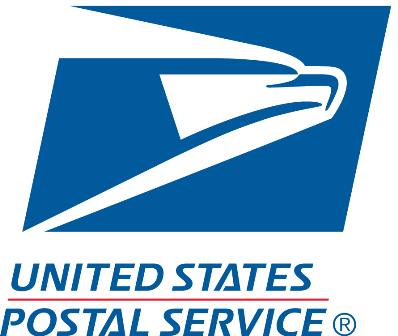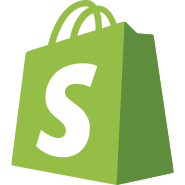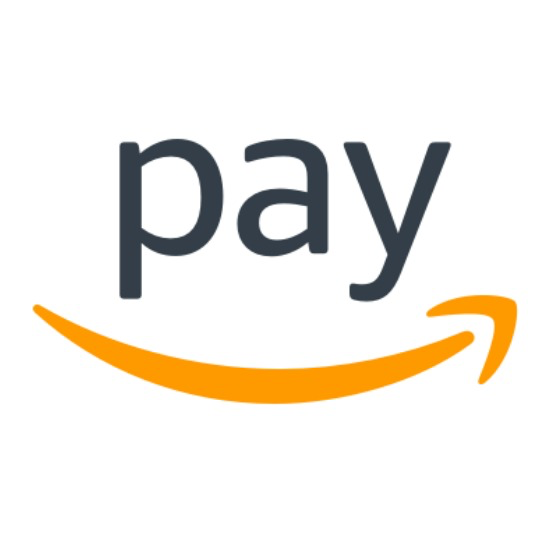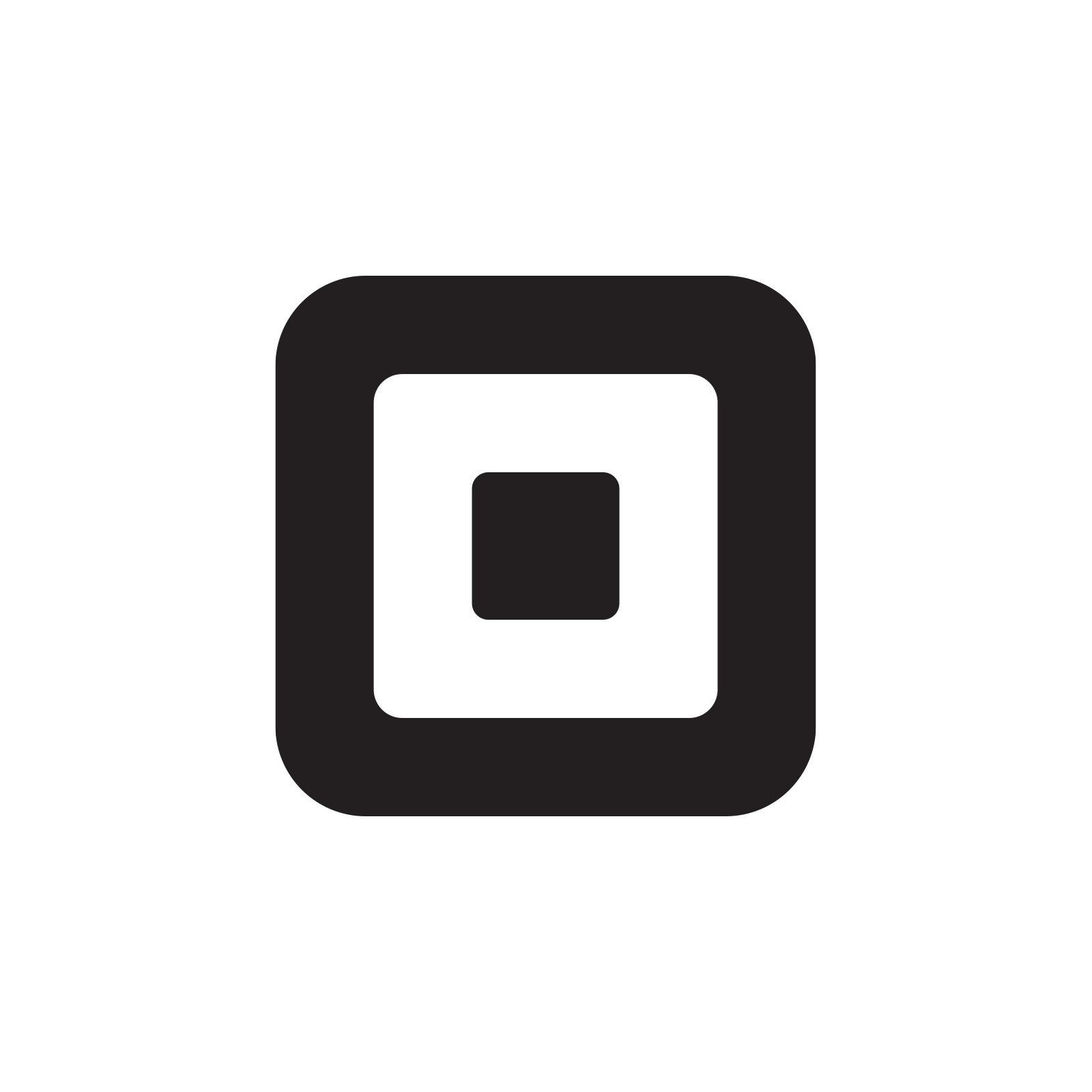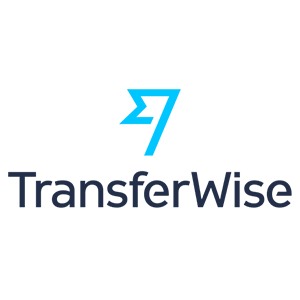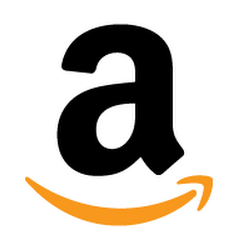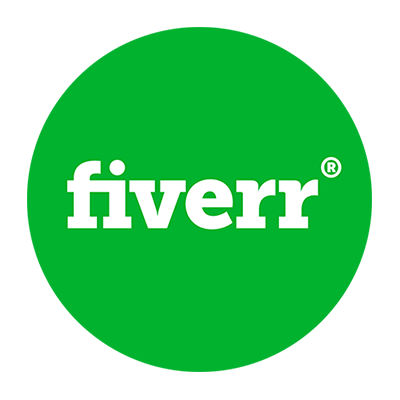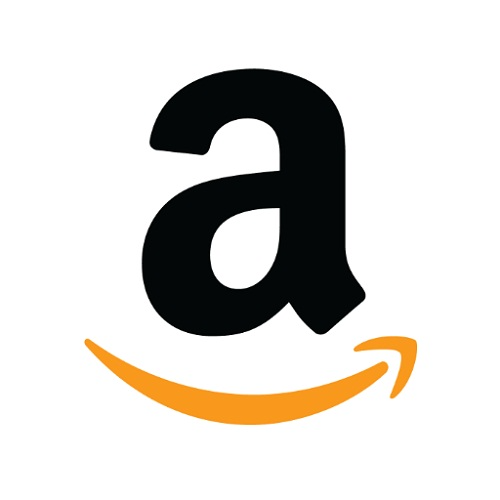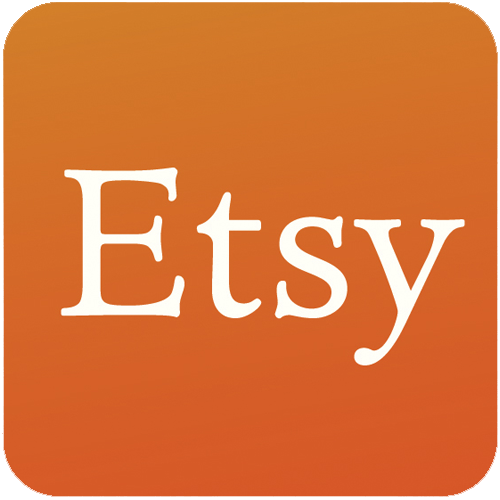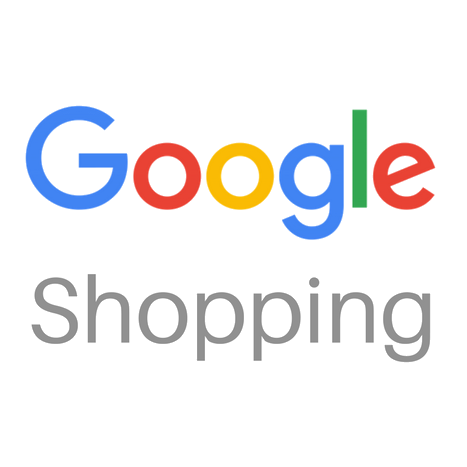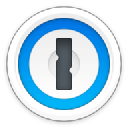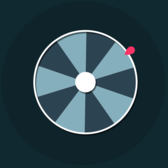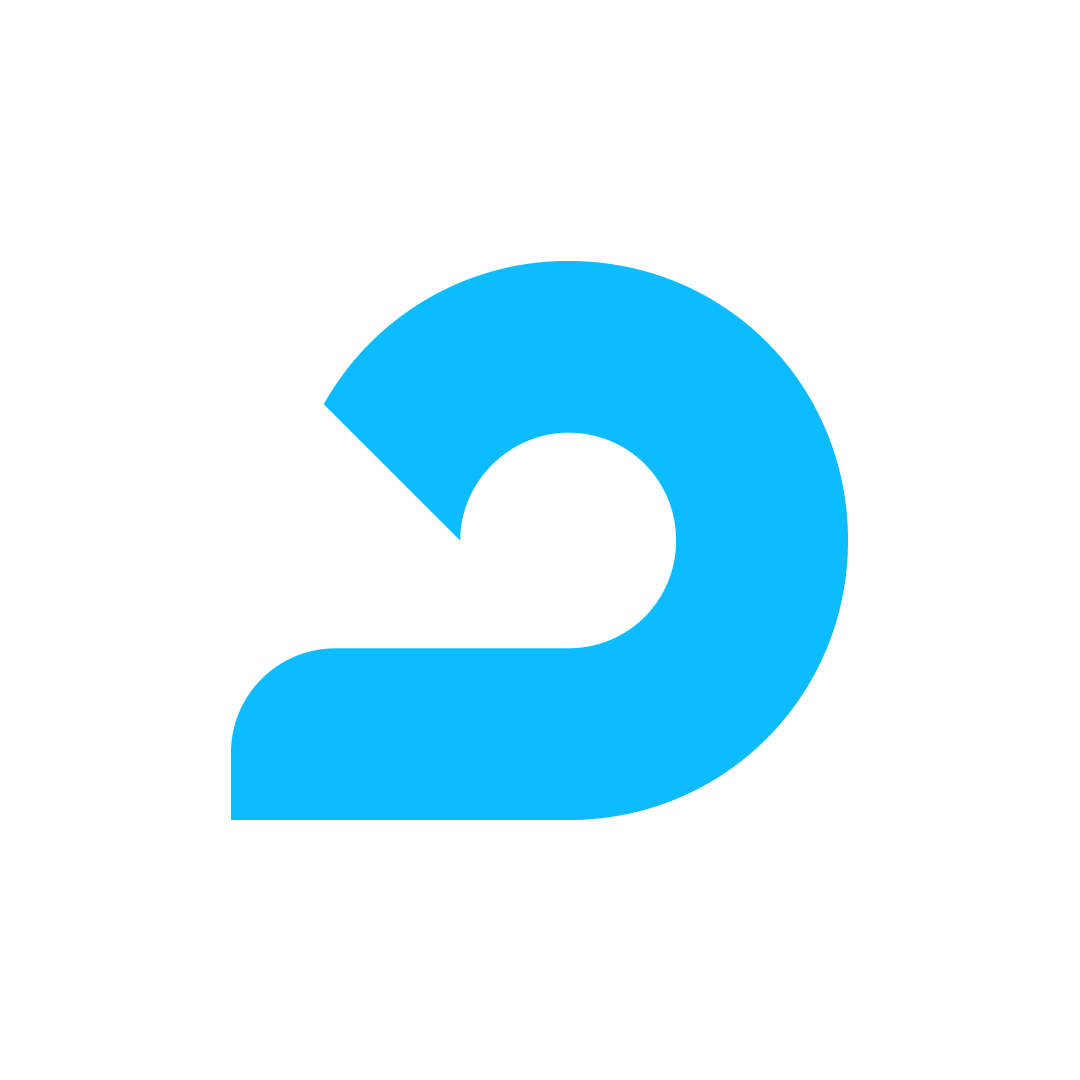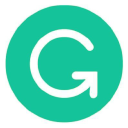
On Creating Modern Cat Bed Designs
Hello! Who are you and what are you working on?
I’m Jennifer Boaro and I started my cat bed business a bit by accident. What I really wanted to do is work in costume design, and I had a job I was enjoying. One of the challenging projects that came my way was a request to make soccer ball mascot costumes for a sports team. I wasn’t exactly sure how to make them but I had some ideas, so I started by making a miniature version of the ball costume to test the pattern I developed, the materials I hoped to use, and the sewing process. The miniature version laid around my design studio for a while and then I got kittens and I realized that they might use this six-paneled spheroid as a cat bed. I did some finishing work to the foam prototype and presented it to the cats: they loved it and our first photoshoot was a great success.

My cats immediately understood the potential and got right inside. They spent the evening exploring, frolicking and we got great photos. Let’s jump ahead now and look at more photos of the Cat Ball® cat bed so you can understand the shape better and see more current images of fabrics I’ve used.

The Cat Ball® cat bed is an innovative design. The ball shape is made of six panels so it is actually hexagonal, and there is a big opening on one end and a smaller opening on the other end.

Cats seem to enjoy looking out of the two openings, and will also use them both as a doorway. They will sleep with legs or tails dangling out of the bed, and will hide in the bed and wait for opportunities to ambush anyone walking by.

This is our great white shark Cat Ball® cat bed. This funny novelty design is a customer favorite.

The Cat Ball® cat bed is made of fabric and foam, so the bed is soft, it can be compressed and it can be washed.

Our customers are cat lovers from all around the world and we have shipped our cat bed to cats on five continents. Customers email photos to me and also tag us @thecatball in their Instagram posts so I will see them: my Cat Ball® bed is a part of internet culture!
What's your backstory and how did you get into entrepreneurship?
My education is in apparel design and manufacturing so I had the sewing and pattern making skill set I needed to figure out how to create my innovative cat bed designs. I wasn’t dreaming of being an entrepreneur, I was quite happy in costume design, but my employer went out of business. I worked on finalizing the Cat Ball® cat bed design during this time of unemployment, and when it looked like I have developed a viable product I started to take some small business classes and then bought the license.
Creating a friendly and supportive community, we can all see success together.
It’s so hard to get started, and I just didn’t have business experience. One big problem is how do you let people know about your product? I’ve learned that working with blogs and bloggers is a great way to spread the word. You’ll have to get compelling photos first, and then you need to figure out who is blogging. You need to find bloggers who would be interested in your product. I still spend time contacting bloggers and pitching my products. I find them by reading articles in cat magazines, I find writers who may be interested in my products and I look up their LinkedIn profiles, blogs and websites to learn more about them and to try to develop my pitch. I also pay attention to the posts on the HARO (Help A Reporter Out) website and respond to posts that look relevant. Responding to HARO queries can be a lot of work. I try to figure out who is making the query, try to find their website and use any information I can to customize my pitch to them. I treat my pitches like a cover letter if I was applying for a job. It’s been worth my time though: we’ve been included in a Martha Stewart pet product page, we were interviewed for 425 Business magazine, were filmed for King 5 news, there’s an article in Catster Magazine, we’ve been in Modern Cat Magazine and more.

Take us through your entrepreneurial journey. How did you go from day 1 to today?
I didn’t start a business because I yearned to be an entrepreneur. I started the business because I was unemployed and not having success in getting a job. Thanks to a blog post about the innovative cat bed I created I realized I had developed a viable product and I decided to go into business. I wouldn’t suggest starting a business this way because it’s an unplanned situation without any financial cushion. I would prefer to have a plan behind me, to have some expert help with logo design and secured intellectual property protections before jumping into this. Everything I’ve created is the result of very hard work and dedication.
My advantages were that I had a good idea and the skills to create it. I had access to photography equipment, and although my skills were terrible at first, I’ve eventually improved my photos and learned some strategies for photographing cats. I have also learned to accept blooper photos and even to embrace them: cat blooper photos are quite popular with our Instagram followers.

One of my early setbacks was having my Cat Ball® cat bed copied. The company that copied my product moved into our markets, made me loose wholesale customers and started customer confusion. We ended up in a legal battle that was scary, emotionally draining and expensive. I think that copying original ideas is disrespectful, unprofessional and parasitic. I realized that in order to stay in business I would have to move out of my cottage industry business model and into a manufacturing business model, so I found a manufacturer who would help me produce my original design in larger quantities. Finding a manufacturer is a challenge for any business that is scaling up, and I am now very fortunate to be located close to a cut and sew sewing company that makes my Cat Ball® and Cat Canoe® beds here in the state of Washington. I have found it helpful to be located so close to my manufacturing partner.
How are you doing today and what does the future look like?
I was getting wholesale inquiries just months after opening my business and I knew I would have to understand the COGS before I could know wholesale pricing, so I created a spreadsheet that would allow me to figure the costs of every element of my cat bed designs. This tool has been valuable and I recommend people create a worksheet like this so they can better understand their costs. I buy top quality fabrics for my beds, but still, try to stay within a budget. Setting the fabric budget has helped me to balance out the costs of occasional fabrics that exceed those costs. Currently, the tariffs that the Trump administration is forcing have great potential to increase my fabric costs.
My business is profitable, but I know it would be to my advantage to offer more products. I’m always trying to create new designs.
I started as a small Etsy seller and added a standalone e-commerce store to meet customer demand. I think it’s vital for a business who has started in a position like mine to work to expand their possible sales locations: selling on Etsy alone is a bad idea. I also offer my cat beds through our Amazon store. Amazon is a really different selling experience than Etsy, but a powerful one. I’ve also sold on Wayfair, which I didn’t enjoy. Uncommon Good is a great partner to work with, but of course, their curated catalog isn’t going to be right for everyone. Wholesaling is a great move and even if you aren’t planning on pursuing wholesale right now, I think you should consider still figuring out your wholesale price and selling at retail price. Why? Well, first it gives you room to always offer discounts. It also gives you room to sell on a platform like Amazon. I offer most of my cat beds on Amazon Prime, so I ship cases of the beds to their warehouses and let Amazon take care of order fulfillment. This saves me so much time and was very helpful during an awful stretch of time that my husband was hospitalized for severe illness. Amazon just kept making the sales and shipping the product while I was busy dealing with a health crisis at home.
The family health crisis did affect my business and sales, partially because I was less available to make and maintain the customer contacts a business needs to make for sales. My challenge now is to rebuild customer contact and sales platforms so we can recover from the losses and setbacks last year.
My next big goal is to redesign our website and I plan to work with the Shopify experts at Aeolidia to redesign our site and to add new art elements.
Through starting the business, have you learned anything particularly helpful or advantageous?
I did not learn enough about intellectual property protections before launching my business. I also did not know anything about product photography, website design or SEO. Really, all I knew was the technical skills needed to design and manufacture my cat bed designs. If you want to make and sell products through e-commerce venues, you will benefit from having photography skills. You just can’t get anywhere with sales or promotions without good photos. I use Photoshop all the time and wish I had better skills. I wish I knew how to use Illustrator. I highly recommend Adobe Lightroom as a tool to manage your photo collection. I’ve got 25,000 cat bed photos in my collection and I can easily search by tags, edit, crop, watermark, and export to the needed size thanks to LightRoom: it’s the best time-saver.
Social media is my best marketing tool, and Instagram has been particularly good for us. Instagram works because there is an online cat community, people love photographing their cats and sharing the photos, and the Cat Ball® cat bed ends up being a great prop for cat photos. People share their photos eagerly and the sense of community can be friendly and encourages more sharing. I think there must be other businesses and product types that would be able to use Instagram succesfully as I have.
My business is in a niche and any niche can have issues with competition, bickering and bad behavior. My perspective in life is that there are generally enough resources for everyone, so I prefer to have inclusive and supportive relationships with other people who are creating and operating cat product businesses. I have worked to have good relationships with these people with the hopes that creating a friendly and supportive community we can all see success together.
What platform/tools do you use for your business?
I used Etsy as my first selling platform. This would have been in 2010 or 2011. I was also selling lingerie ant it sold better than my cat bed designs. I didn’t realize it, but my products simply needed attention and validation, and I got exactly that after Hauspanther, a major cat blog that focuses on interesting design finds for cats, posted about my design. My sales took off and suddenly I was pre-selling beds based on fabric swatches alone.

At that time you had to have an account with Etsy to make purchases, and I realized that people were actually opening Etsy accounts just to buy my Cat Ball® cat bed, so I bought the domain name TheCatBall.com and opened my e-commerce store.
I used both BigCommerce and GoDaddy for my store and wasn’t satisfied, so I finally switched over to Shopify. Shopify was easier to use, the software handled state of Washington sales tax collection correctly, there were a lot of compatible apps that I could use to customize to my needs, and there were a lot of responsive design templates I could choose from. We use ShipStation manage to ship and it’s a great tool. We added the Spin-A-Sale app and our email list has grown substantially. We use Stamped.io to manage customer feedback and InstaShow to add a feed of Instagram posts tagged #thecatball to show up on our web page. We see a lot of customer posts with this tool.
Tools to manage the behind the scenes part of business operation are not my strong point: I am focused on creating the product and figuring out how to demonstrate it to people. I focus more on photography, media contact, communications, and visuals. One tool I use a lot is Canva.com and I’ve purchased the pro account so I could upload fonts and set a color palette. My graphic design skills are weak and I don’t know how to use Adobe Illustrator, so this tool has been helpful to create visuals for web and print.
What have been the most influential books, podcasts, or other resources?
I recommend the Shopify blog even if you aren’t using the Shopify platform. If you do use Shopify you will find helpful articles that are immediately relevant, and if you don’t then you will still find helpful general e-commerce information. Whatever my problem or project is I often find relevant information on their blog. I found the articles on SEO particularly helpful. If you’re searching for information for something that changes over time, like SEO, be sure to pay attention to when the article was published: information for 2012 best SEO practices is less helpful and relevant than something published just last year.
Generally speaking, social media software scheduling apps such as Later.com, HootSuite and Tailwind all have a blog and use their blogs to offer support articles, sharing information that is helpful for operating your social media accounts. Pinterest is also a great place to search for how-to articles because savvy bloggers will pin their links there. The business Aeolidia is a Shopify expert offering custom Shopify store and branding development, and their blog also offers great resources.
There’s also a great article on photographing small objects written by Marlo Miyashiro published in the Costco Connection newsletter. You can see it here.
Advice for other entrepreneurs who want to get started or are just starting out?
- Figure out your social media user name and use the same name across all social media accounts: you want it to be easy for people to find your business, and to recognize that they have found the correct business. Consider how the name on these accounts relates to your domain name.
- Create an account on all of those social media platforms, even if you don’t plan to use some of them. At the very least you should fill out the profile, add your logo, add your URL, maybe make a post that helps to explain your business. Why should you do this? One reason is so that someone else doesn’t take the place that should belong to you. Another reason is just so that people can find your business.
- Figure out what ALT tagging for photographs is (this Shopify blog post is a great start) and use ALT tagging on all of your product photos, your blog photos, and the images in your website. The information you use in the ALT tag will vary depending on if the image is a product image or part of your website. If your sales are driven by images like mine are, then this is really important.
- Pay attention to the data you have access to and anytime you see a trend look into that more deeply and see if there is anyway you can leverage it more. For example, I will look into Google Analytics to see how people have found our page and then I’ll see if there is any way I can boost that media coverage even more. We also figured out the regions we were selling more products (by zip code) and then I started to look for pet shops in those general areas and began contacting them regarding wholesale.
Where can we go to learn more?
- www.thecatball.com
- Etsy: TheCatBall
- Amazon: thecatball
- Instagram: thecatball
- Twitter: thecatball
- Facebook: TheCatBall
- Pinterest: thecatball
- Youtube: UCoUtZRbUVjOGfnN3xSJnOTw

Download the report and join our email newsletter packed with business ideas and money-making opportunities, backed by real-life case studies.

Download the report and join our email newsletter packed with business ideas and money-making opportunities, backed by real-life case studies.

Download the report and join our email newsletter packed with business ideas and money-making opportunities, backed by real-life case studies.

Download the report and join our email newsletter packed with business ideas and money-making opportunities, backed by real-life case studies.

Download the report and join our email newsletter packed with business ideas and money-making opportunities, backed by real-life case studies.

Download the report and join our email newsletter packed with business ideas and money-making opportunities, backed by real-life case studies.

Download the report and join our email newsletter packed with business ideas and money-making opportunities, backed by real-life case studies.

Download the report and join our email newsletter packed with business ideas and money-making opportunities, backed by real-life case studies.



